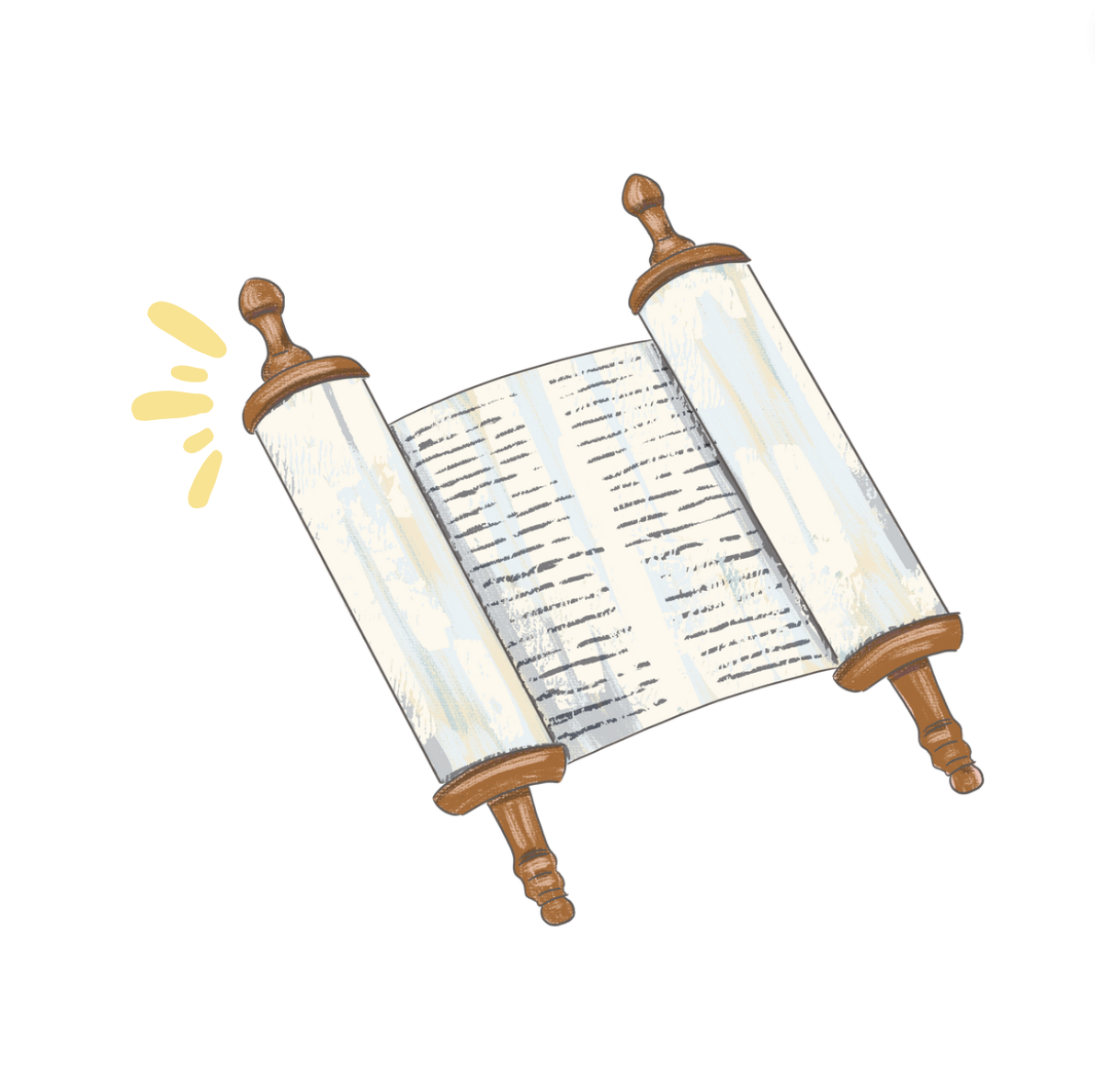This week, we begin reading the last book of the Torah, called Deuteronomy. It is fitting to explore Jewish mourning rituals as we begin Deuteronomy, as it is in this book that Moses shares his final words of advice with the Jewish people before his death, which is described in the very last words of the Torah:
So Moses the servant of the Eternal died there, in the land of Moab, at the command of the Eternal. [God] buried him in the valley in the land of Moab, near Beth-peor; and no one knows his burial place to this day. Moses was a hundred and twenty years old when he died; his eyes were undimmed and his vigor unabated. And the Israelites bewailed Moses in the steppes of Moab for thirty days. The period of wailing and mourning for Moses came to an end. Now Joshua son of Nun was filled with the spirit of wisdom because Moses had laid his hands upon him; and the Israelites heeded him, doing as the Eternal had commanded Moses. Never again did there arise in Israel a prophet like Moses—whom the Eternal singled out, face to face (Deuteronomy: 34:5-10).
From the description of Moses’ death at the end of the Torah, we have the beginnings of the wise mourning rituals of Jewish tradition. When we face loss, these rituals can serve as helpful anchors. While discussing death is never easy, understanding these traditions can help demystify the topic of loss, a reality that all people face, but one that is often taboo and unapproachable. To further explore the topic, I highly recommend listening to a podcast called Exit Strategy hosted by Stephanie Garry, who is the Executive Vice President at Plaza Jewish Community Chapel. On this podcast, “Stephanie and her guests are elevating, normalizing and demystifying end-of-life issues from religious, cultural, societal and other perspectives.”
In the Torah passage above, we first read about burial. In this instance, it is God who performs this sacred act of burying the dead. Burying the dead is called a chesed shel emet, a “true kindness,” because the deceased can never thank us. Upon burial, we acknowledge that this is one of the most important mitzvot (obligations) of Jewish tradition, yet we also recognize how difficult it is to perform. Tradition teaches that upon burial, the first few shovels of earth on top of the casket are scooped with the convex side of the shovel (the wrong side), which slows down the process and demonstrates how reluctant we are to carry out this task.
Once the deceased is buried, we turn our attention to comforting the mourners. In the case of Moses, the entire Jewish community bewailed him for thirty days. Because of the enormity of the loss, their society needed to pause for a significant period of time in order to mourn. In Jewish tradition, there is a specific timeline of mourning, which recognizes the time it takes to adjust to the loss of a loved one. It begins with shiva, the seven day period in which loved ones come to the home of the mourner to provide comfort and company, and continues with shloshim, the thirty day period of acute mourning, and shana, the formal period of mourning that lasts for a year. Traditionally, the mourner recites the Mourner’s Kaddish throughout the period of shana, and refrains from attending celebrations. Inherent in this system is an acknowledgment from the community that a person will not be ready to fully join in on a joyful occasion within a year of the death of a loved one, nor should they be forced to.
Finally, we learn about the power of memory. Just as the Torah recounts Moses’ great deeds after his death, a yahrzeit—the anniversary of the death of a loved one—is an opportunity to share their stories to honor their legacies. We are encouraged to keep their memories alive so that they can continue to shape and inspire us, as well as those who come after us.
People often ask me how they can support friends and family members who have experienced a loss. It can be hard to know what to do, what to say, or how to be helpful. Inherent within each phase of Jewish mourning rituals is a reminder simply to be present for the mourner. To me, the power of community is most evident when we can embrace and hold each other during times of great sadness, just as we do at times of great joy.
Shabbat shalom,
Rabbi Deena

